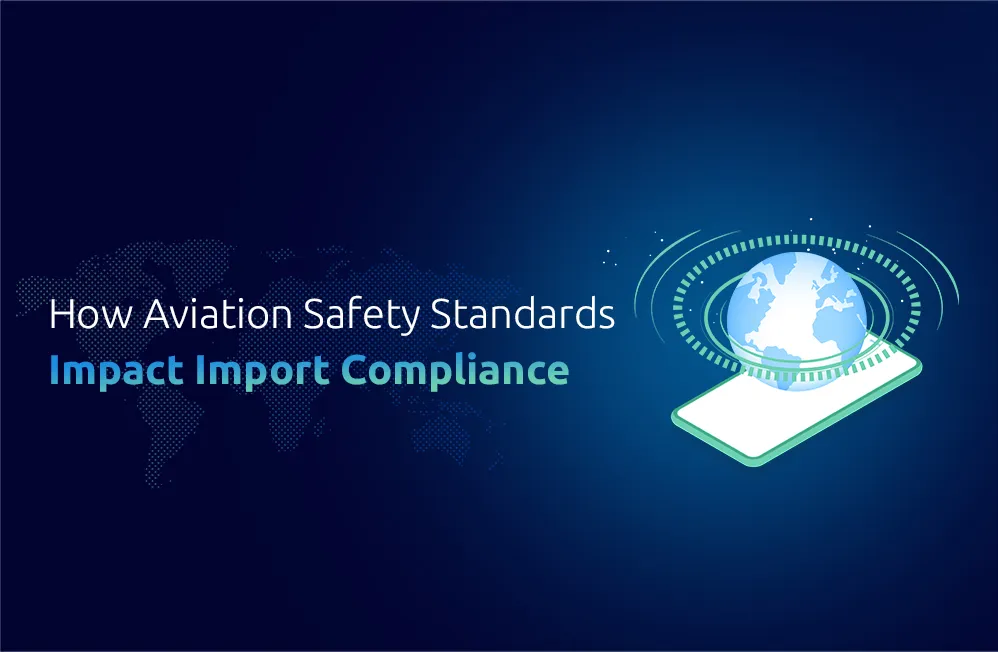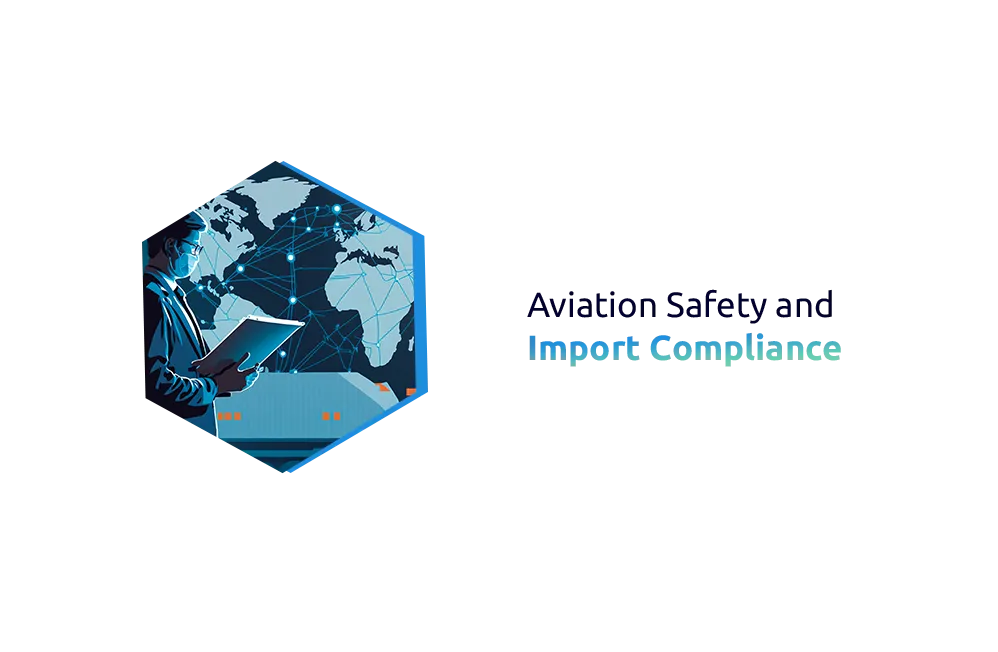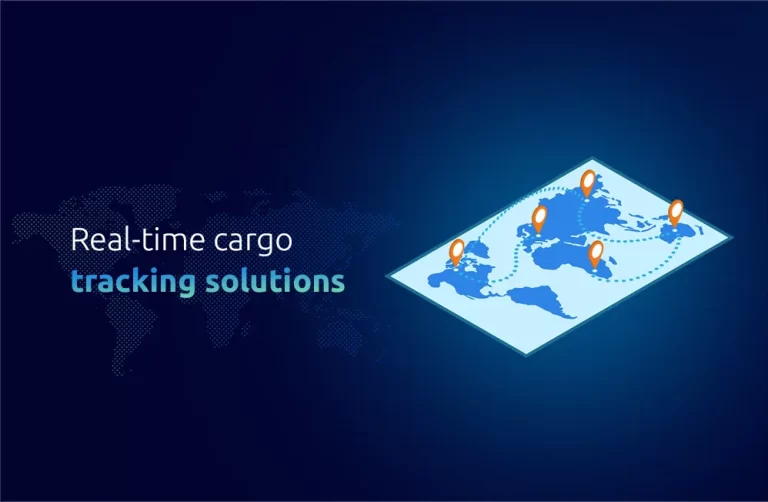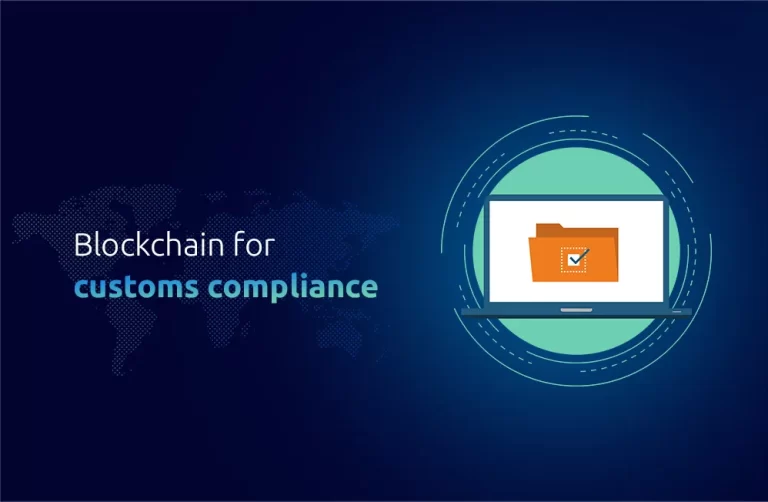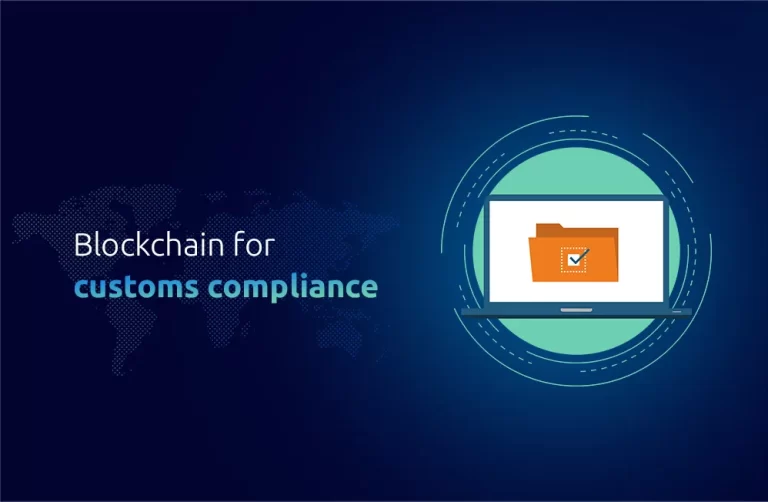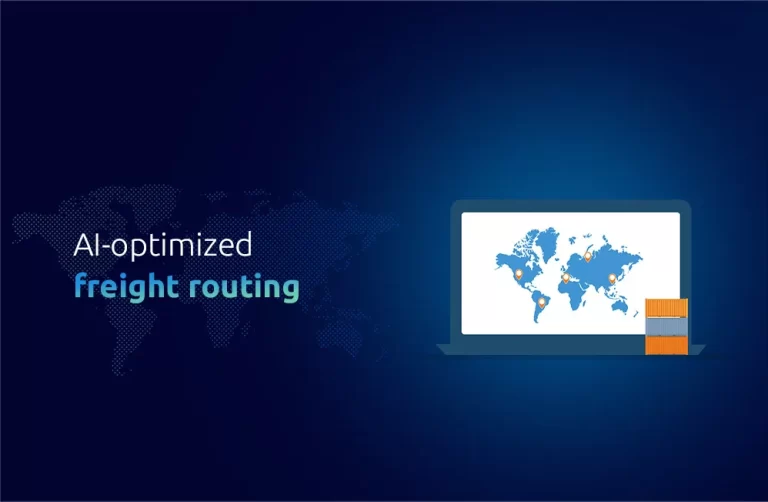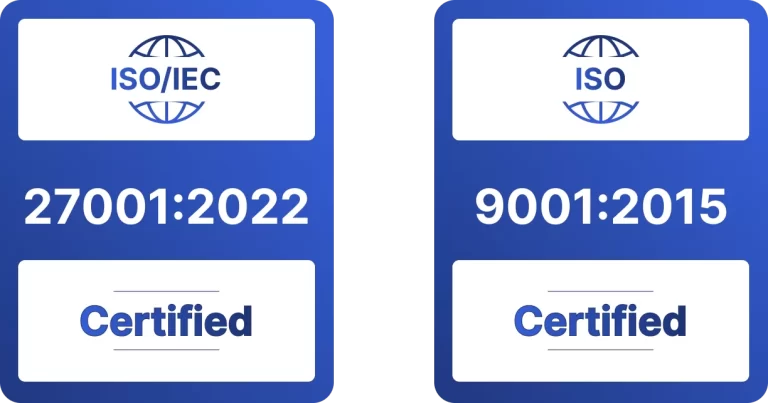Insight
Safety and compliance represent the key requirements for importing aviation equipment. International aviation safety standards require equipment to maintain the quality benchmarks global regulators deem essential. The aviation supply chain must follow these standards in all its activities, from air freight sending operations to warehouse management and logistics services.
The following blog examines international aviation safety standards affecting import compliance and introduces key global organizations for standard enforcement while showing business techniques to manage aviation equipment imports
What Are International Aviation Safety Standards?
The international aviation safety standards function as global norms for directing equipment design work and maintenance procedures alongside aircraft operations and importation procedures. The standards preserve aviation system dependability while ensuring aviation products’ safety and operational excellence by implementing demanding safety requirements.
Several international organizations have established these standards, including ICAO, the European Union Aviation Safety Agency, and the FAA. Air traffic protection and passenger safety are the main design purposes of these essential standards, whereas compliance is mandatory for all global aviation operations.
The Importance of Compliance with International Air Safety Standards
Importer of record services must follow international safety standards to achieve successful import compliance. Access to different countries by aviation equipment depends on compliance with established standards that customs controls.
Aircraft efficiency and performance must be balanced against safety regulations (aviation regulatory compliance) in the global marketplace. Nevertheless, each country has its own rules and regulations governing aviation safety and aircraft compliance. This kind of variation can complicate the importation of equipment because companies have to find a way to meet the specific requirements of the countries they are dealing with. For a less bumpy global trade ride in the aviation industry, understanding and abiding by these regulations’ differences are key.
The Importance of Compliance with International Air Safety Standards
Importer of record services must follow international safety standards to achieve successful import compliance. Access to different countries by aviation equipment depends on compliance with established standards that customs controls.
The non-compliant nature of equipment with safety requirements established by an importing nation leads to product rejection, resulting in delays and monetary loss.
Adherence to safety guidelines and import regulations must be ensured by compliant air freight forwarding services for all aviation equipment. Non-compliant equipment may receive approval from customs because it fails to fulfill safety requirements, thus leading to supply chain disruptions and damage to the company brand.
Companies that collaborate with the expert importer of record services, along with knowledge of the generalized system of preferences (GSP), will guarantee their imports adhere to safety and regulatory requirements.
Key Global Organizations Setting Safety Standards
ICAO (International Civil Aviation Organization):
The International Civil Aviation Organization establishes worldwide aviation safety standards using its Standards and Recommended Practices (SARPs). The International Civil Aviation Organization has created guidelines that apply throughout the globe for various aviation matters, extending from air cargo rates to aviation equipment safety transportation. Aircraft parts and components imported into the market must fulfill safety requirements following ICAO Standards and Recommended Practices.
FAA (Federal Aviation Administration):
The FAA operates as the Federal Aviation Administration to monitor aviation safety regulations, which enforce national safety requirements for aviation products before their clearance to enter import. The FAA requires manufacturers and exporter of record to follow directives that maintain their products’ compliance with national requirements.
EASA – European Union Aviation Safety Agency:
The European Union Aviation Safety Agency is responsible for setting aviation safety standards applicable to EU imports. Importer must comply with two key standards: importer of record services and complete maintenance and documentation requirements, which are needed to determine airfreight costs. Failure to satisfy these standards will cause aviation products to undergo customs delays or be rejected at inspection.
How International Safety Standards Affect Import Compliance
International safety standards determine the barriers companies must follow during import compliance.
Freight forwarding:
Freight forwarding for aviation equipment requires compliant air forwarding operations that conform to all safety requirements. When companies fail to meet regulations their shipments face potential delays together with extra customs inspections or detention at customs stations. Businesses that wish to participate in global commerce should work with an expert freight forwarder to handle these complex requirements.
Documentation:
Accurate documentation is important to ensure compliance. This contains the HTS code for identifying the classification of products and certification of conformity with international safety standards. Shipment rejection together with financial penalties may be a consequence of incorrect or incomplete documentation.
Calculation of Air Freight:
Calculating the cost of air freight is essential for any import business, and an air freight calculator can assist in estimating costs accurately. Compliance with safety measures can impact these costs, as improperly certified goods may incur additional handling fees or taxes.
Warehouse Logistics:
Once products arrive, warehousing plays a key role in maintaining compliance. Safe storage of aviation equipment is paramount. Failure to follow proper safety protocols could result in damage to goods or non-compliance during subsequent inspections.
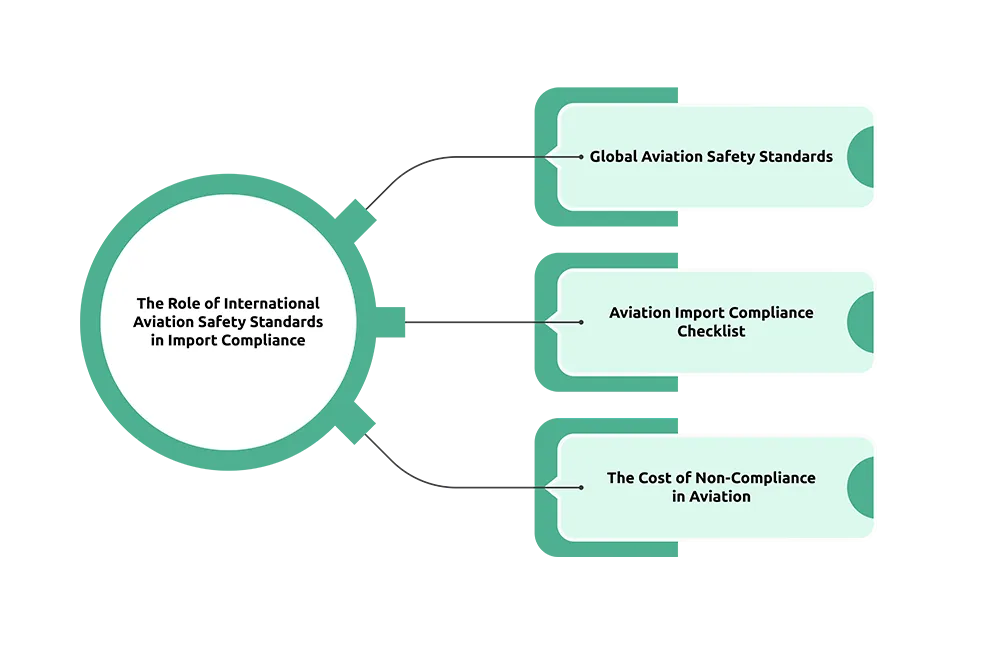
Overcoming Import Compliance Challenges in Aviation Equipment
Importing aviation equipment presents various challenges that companies need to conquer. Running an aviation equipment importation business requires businesses to solve multiple operational and regulatory compliance obstacles to attain efficient procedures.
The importation of aviation equipment faces two significant challenges: customs delays that occur when technical documents fail to meet customs requirements, disrupting supply chain operations and resulting in financial losses.
International air freight calculation and safety standards differ between countries, leading to regulatory confusion that prevents successful global equipment imports for companies. Inadequate supply chain transparency prevents companies from confirming equipment compliance with safety regulations, thus creating greater chances for accidental non-compliance.
Businesses must take pre-emptive steps to comply and overcome these challenges. Companies must establish partnerships with trustworthy freight forwarding organizations that maintain expertise in global regulations and air cargo price information.
Combining these practices enables early detection of potential delays and helps organizations keep safety standards. Businesses must confirm that the importer of record fully understands aviation safety standards before moving forward since this verification helps them avoid customs problems. An air freight cost calculator, along with other technological tools, provides businesses with precise cost estimates and enables best practices in supply chain management.
Winding up with proper documentation is an essential requirement in every aspect. The shipment process requires proper documentation, including HS code, air chargeable weight calculator data, and conformity certifications, which must be prepared before delivery to prevent customs trials. Businesses that follow this protocol can reduce aviation equipment import risks while executing a smooth import process that upholds all compliance requirements.
Conclusion
Demonstrating compliance with international aviation safety standards enables organizations to maintain reliable equipment with global regulatory alignment. When businesses follow these standards, they can achieve smooth equipment imports with no delays and normalization of maximum safety compliance. The correct implementation of these rules by importer, exporter, and logistics providers keeps operations running effectively and safely. Those needing freight forwarding assistance, importer of record services, or warehouse logistics can receive customized solutions from One Union Solutions to meet international aviation safety requirements.
Did You Know?
The U.S., EU, and other countries execute thorough safety assessments on aviation equipment, which become necessary for customs approval. The company must maintain ICAO standard compliance with the correct HTS code application.
FAQs
1. What are international aviation safety standards?
Ans: International aviation safety standards are derived from regulations established by global organizations, including ICAO, FAA, and EASA, to guarantee that aviation equipment meets safety and quality standards.
2. How do I calculate air freight charges?
Ans: An air freight calculator provides cost estimation through its analysis of cargo chargeable weight and dimensional weight calculations.
3. What is an Importer of Record?
Ans: An Importer of Record ensures that goods comply with local import regulations and are cleared through customs.
4. How can I ensure my aviation equipment meets import compliance?
Ans: Your aviation equipment will meet all international safety requirements through the partnership with freight forwarding experts and the use of certified importer of record services.
5. What are HS codes, and how do they affect imports?
Ans: Standardized historical HS codes form the basis for product classification in international trade operations. The classification system needs these codes to establish proper duties and taxes and maintain regulatory compliance standards.

